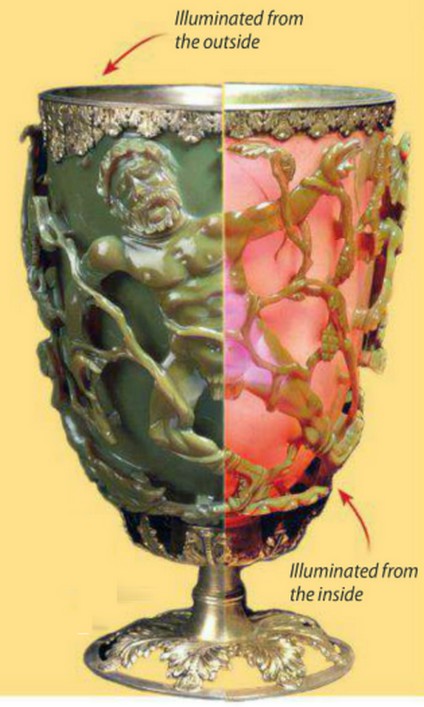1. Ancient Nuclear Warfare
There is a place in India where lies the former ancient city of Harappa and Mohenjo-Daro, which they found the radioactive ash and after further investigation, the radioactive ashes cover three square miles to ten square miles the reason they do the research on this area after a very high rate of birth defects and cancer was discovered in that area. and when they unearthed the city they found out the radiation is so high than naturally occurrence radioactive, Scientists then apparently unearthed an ancient city where they found evidence of an atomic blast dating back thousands of years: from 8,000 to 12,000 years.The blast was said to have destroyed most of the buildings and probably a half-million people.
Furthermore, thousands of fused lumps, christened “black stones”, have been found at Mohenjo-Daro. These appear to be fragments of clay vessels that melted together in extreme heat. Another curious sign of an ancient nuclear war in India is a giant crater near Bombay. The nearly circular 2,154-metre-diameter Lonar crater, located 400 kilometers northeast of Bombay and aged at less than 50,000 years old, could be related to nuclear warfare of antiquity.

No trace of any meteoric material, or anything else that can relate to crater, has been found at the site or in the vicinity, and this is the world’s only known “impact” crater in basalt. Indications of great shock (from a pressure exceeding 600,000 atmospheres) and intense, abrupt heat (indicated by basalt glass spherules) can be ascertained from the site. Some believe the area was an ancient nuclear battle ground because of the evidence supporting the claim.
2. Baghdad Batery
The artifacts were discovered in 1936 during an archaeological dig at village of Khuyut Rabbou’a which is located approximately 20 miles south east of the city center of modern Baghdad and close to the Arch of Ctesiphon. Described as 13 – 14cm in height they contained a copper cylinder and within this was suspended an iron rod. In December 1939, shortly after the start of World War II a German archaeologist by the name of Wilhelm Konig came across the item in the basement of the National Museum of Iraq. He immediately recognised their similarity to galvanic batteries and published a paper that suggested that these ancient electrical devices may have been used for electroplating precious gold onto silver.
There is no easy explanation for the Baghdad Battery and naturally this has created controversy, debate and disagreement in the scientific community. Reconstructions of this device have proved that it could generate an electrical current of between 0.4 and 1.9 volts. Naturally, some scientists dispute these claims and argue that the reconstructions are inaccurate.
3. Abydos hieroglyphs
Helicopter hieroglyphs refer to a Cartouche carving from the Temple of Seti I at Abydos. In paleocontact hypothesis circles the hieroglyphics have been interpreted as an out-of-place artifact depicting a helicopter as well as other examples of modern technology. This claim is dismissed by Egyptologists who highlight this pareidolia is partly based on widely distributed retouched images that removed key details from the actual carvings. The anomaly is the creation of a cartouche being reused by following generations. The initial carving was made during the reign of Seti I, and the stone was later reused during the period of Ramesses IIwith one carving being on top of the other. This palimpsest effect coupled with erosion creates the carving in situ.
4. Dendera Light
The “Dendera light” is a term used to describe a supposed ancient Egyptian electrical lighting technology depicted on three stone reliefs (one single and a double representation) in the Hathor temple at the Dendera Temple complex located in Egypt.

The sculpture became notable among fringe historians because of the resemblance of the motifs to some modern electrical lighting systems. Mainstream Egyptologists take the view that it is a typical set of symbolic images from Egyptian mythology.
5. The Lycurgus Cup
The Lycurgus Cup is a 4th-century Roman glass cage cup made of a dichroic glass, which shows a different colour depending on how light is passing through it; red when lit from behind and green when lit from in front. It is the only complete Roman glass object made from this type of glass, and the one exhibiting the most impressive change in colour, it has been described as “the most spectacular glass of the period, fittingly decorated, which we know to have existed”.




